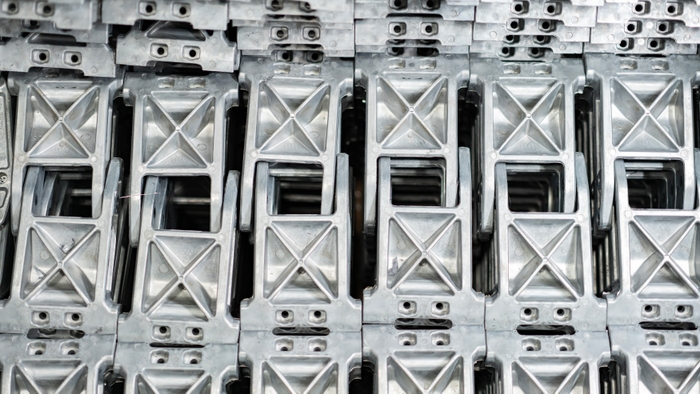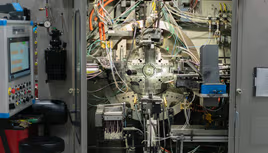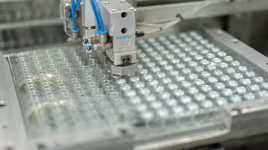Why Choose
Conventional Die Casting?Conventional die casting is the smart choice for projects that demand:- High-speed production
- Lower tooling costs
- Dimensional accuracy
- Improved surface finish
- Larger part size
- Fewer secondary operations
- Part-to-part repeatability
- High production volume
- Part consolidation




